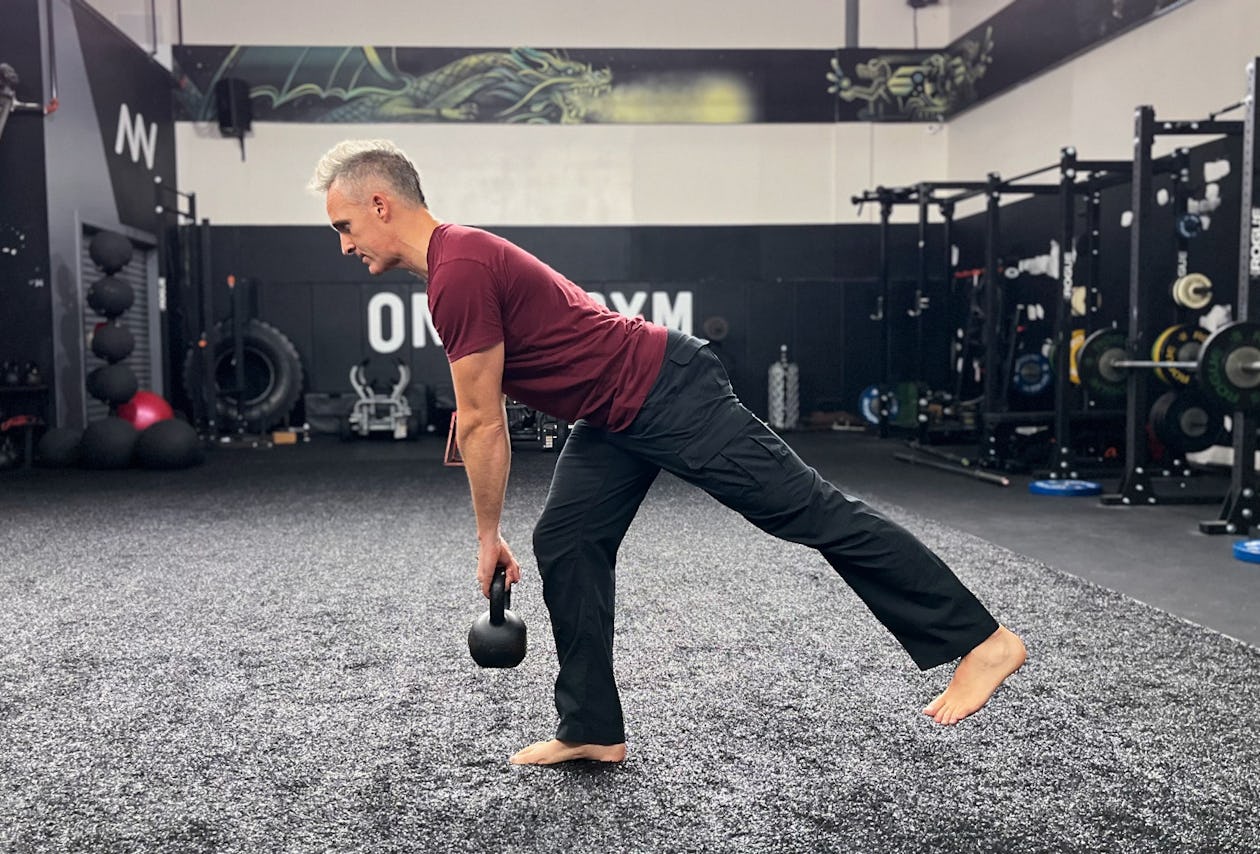How often do you have to hit the gym to see results? Three days a week? Six? Should you be lifting weights right now while you’re reading this?? Let’s look at what the scientific studies on muscle growth say, and apply a little critical thinking, to find the perfect training schedule to suit your goals.
How Many Times Per Week Should I Lift Weights?
Most people fall into one of two camps: they either don’t like training that much and go to the gym two or three days a week just to do the minimum, or they LOVE to lift and they go four, five, six, or maybe even seven straight days. The truth is, both approaches can yield significant results for both types of people, and to understand why, we have to look at the concept of training volume—the number of hard, growth-producing sets you do for a muscle group in a training week.
By hard sets we mean your “work” sets, not warmups. These are the sets that really count—the ones you take to failure, or close to it (i.e., the point at which you can’t do another rep with good form).
The question to ask yourself, then, isn’t “How often should I lift?” but “How much work do I want to do in each workout?” and “How much can I recover from?”
The majority of research on training teaches us a few things.
1. A muscle needs at least 48 hours rest before it can be worked again. So, if you train chest on Monday afternoon, you probably shouldn’t do any more sets for the pecs before Wednesday afternoon at the earliest, if building muscle is your main goal. The more sets you do, the more time you’ll need to recover.
2. The MAXIMUM amount of volume that a muscle group can handle in a single workout seems to be about 10 sets, but many people will grow from a lot fewer than that. Furthermore, 10 sets per WEEK, or slightly more, appears to be enough volume to stimulate gains (see the paper from the IUSCA linked above).
3. The frequency of your training is really just a way to manage the total amount of volume you do. So if you want to be in the gym as little as possible, do more work in each session, and if you like going more often, do less—or break up the muscles you train so that each major area gets its own session and you get several days’ break before training the same muscles again.
Now let’s look at what this means in real life.
Basically, if building muscle is your goal, you should aim for AROUND 10 sets for each muscle group per WEEK (any seven-day period). If you’re new to lifting or feel like you’re a little overtrained, start with closer to five sets and work your way up only as needed (it’s always best to aim for the minimum effective dose). Now the way you divide those five to 10 sets up is entirely up to you. You could do all 5–10 sets in one workout, 5 sets in two different workouts, 3 sets across three different workouts, or any number of other variables.
Most coaches will tell you that people who want to be as efficient as possible and minimize their time in the gym should train their whole body in one session two or three times per week. For example, Monday and Friday, or Monday, Wednesday, and Friday. With this kind of program, you can go in and do one or two exercises for each major muscle group, and maybe 2-3 sets for each. This will certainly give the regular Joe who just wants the minimum effective dose enough work to see results, and it’s still a good guideline for more serious, advanced lifters who like to do full-body workouts as well. Note that muscles never work in total isolation, and there’s typically a lot of carryover between exercises. For example, any pressing movement will work your triceps along with your chest and shoulders, so you probably don’t need a lot of direct triceps work if you’re already doing several sets of pressing. The glutes and hamstrings tend to work as a unit on leg exercises as well.

Sample 3-Day Full-Body Split
Monday
Back squat – 3 sets x 5 reps
Dumbbell bench press – 2 sets x 6–8 reps
One-arm dumbbell row – 2 sets x 8–10 reps
Biceps curl – 3 sets x 8–10
Wednesday
Military press – 3 sets x 5 reps
Weighted chinup – 2 sets x 6–10 reps
Leg curl – 3 sets x 6–8 reps
Triceps pushdown – 3 sets x 8–10
Friday
Cable row – 2 sets x 6 reps
Reverse lunge – 2 sets x 6–8
Romanian deadlift – 2 sets x 8–10 reps
Pushup – 2 sets x AMRAP
In the above example, the quads get worked Monday and Friday (squats, reverse lunges) for five total sets per week. The glutes get about seven sets between Monday and Friday (squat, reverse lunge, RDL), while the hamstrings get five (leg curl, RDL). The pushing muscles (pecs, shoulders, and triceps) get hit with the two pressing exercises and the pushups (about seven sets), and the back and other miscellaneous pulling muscles get worked with the rows and chinups for seven total sets.
For those who love to train and really want to develop each muscle to its potential, you can do an upper-lower split or even a body-part split, where you train each muscle twice in a four to seven-day period. For example, you could do legs on Monday, a push-pull workout for the chest, shoulders, back, and arms Tuesday, take Wednesday off, then another leg day on Thursday and another upper day Friday. Note that while you spend more time working one area of the body at a time, the actual volume per muscle group is similar to the example shown above. Your total number of sets in a week is still in the five to 10 range.
Sample Upper-Lower Split
Monday (Lower Body)
Front squat – 2 x 6–8
Walking lunge – 2 x 8–10
Glute bridge – 3 x 5–8
Stiff-legged deadlift – 3 x 8–10
Tuesday (Upper Body)
Bench press – 3 x 5–7
Weighted pullup – 3 x 5–8
Dumbbell shoulder press – 2 x 6–8
Lateral raise – 2 x 8–10
Rear-delt flye – 2 x 8–10
Lying triceps extension – 3 x 8–10
Wednesday (Off)
Thursday (Lower Body)
Deadlift – 3 x 5
Leg press – 2 x 8–10
Back extension – 2 x 10–12
Leg curl – 2 x 8–10
Friday (Upper Body)
Military press – 3 x 5–8
One-arm dumbbell row – 2 x 6–10
Cable Flye – 2 x 6–8
Incline dumbbell curl – 3 x 6–10
Saturday (Off)
Sunday (Repeat Cycle)

Another example: You could train legs Monday, chest and shoulders Tuesday, take Wednesday off, train back and rear delts on Thursday, train calves and arms Friday, take Saturday off, and start the cycle with legs again Sunday.
Sample Body-Part Split
Monday (Legs)
Seated leg curl – 3 x 8–10
Bulgarian split squat – 1 x 6–10
Machine squat – 2 x 6–10
Hip thrust – 2 x 6–8
Tuesday (Chest and Shoulders)
Incline dumbbell bench press – 2 x 6–8
Low-to-high cable flye – 2 x 8–10
Cable lateral raise – 2 x 8–10
Machine shoulder press – 2 x 6–8
Wednesday (Off)
Thursday (Back and Rear Delts)
Weighted chinup – 2 x 5–8
Lat pulldown – 2 x 6–10
Cable row – 2 x 6–8
Dumbbell shrug – 2 x 6–8
Cable rear delt flye – 2 x 8–10
Friday (Calves and Arms)
Calf raise on leg press – 2 x 6–10
Dumbbell curl – 2 x 6–8
Triceps pushdown – 2 x 6–8
Cable curl – 2 x 8–10
Dip – 2 x 8–10
Hammer curl – 1 x 8–10
Saturday (Off)
Sunday (Repeat Cycle)
In these cases, you’d do roughly 3–6 sets per body part in EACH WORKOUT, totaling between 6 and 12 sets in a 7-day period.
If I Work Out More, Will I Build More Muscle?

The majority of the research does NOT SHOW ANY ADVANTAGE to higher training frequencies for muscle OR strength when volume is equated [2, 3]. That means that if you do five sets for chest, two days per week, you should make the SAME GAINS as you would doing two sets five times per week, or 10 sets in one day per week. The total amount of work is 10 sets either way, so the stimulus is roughly the same. Muscle research expert Brad Schoenfeld, PhD, author of Science and Development of Muscle Hypertrophy, sums it up in his book with the following: “These findings indicate that, as a standalone variable, frequency does not have much impact on muscle development; it seems that its primary utility is to act as a vehicle to manage weekly volume.”
With that said, most coaches agree that training intensity is a greater factor in gaining muscle than training volume. It’s a matter of efficiency. Most people are probably better served doing fewer sets and taking them closer to failure and training slightly more often (as opposed to marathon workouts for one muscle at a time, such as a chest day, back day, shoulder day, etc.). The more sets you do, the more fatigue you build, and that can make it difficult to recover from workouts and get stronger. So you’re probably better off doing four hard sets of chest in one session than 10 in one shot (four of which may be hard, followed by six sets that are lower quality due to your being tired). Most trainees seem to find that training muscles twice in seven days is the sweet spot, splitting their total volume down the middle and doing half in each session.
So you can tell your buddies who bench press EVERY day that they’re not going to get a bigger chest than if they benched just once or twice a week.
Is There A Way To Know If My Training Is Working?
If this all seems confusing, just remember this: progressive overload is the most important factor in the process of gaining muscle. If you can add reps and/or weight to most of your exercises each time you repeat a workout, i.e. you’re GETTING STRONGER, you’re getting enough volume and frequency to see gains.



